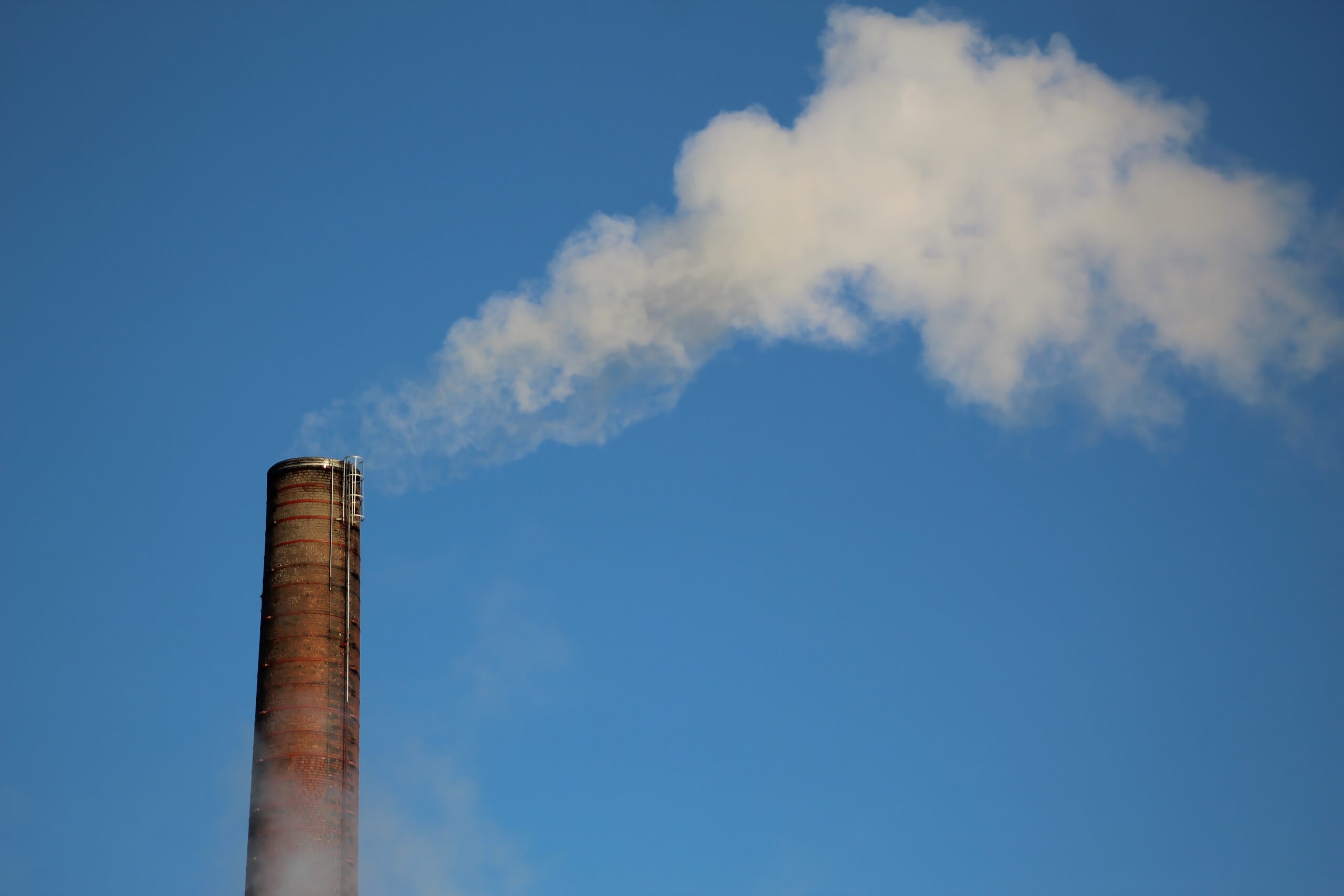
Introduction
The food industry is constantly evolving, with new technologies and innovations emerging every day. One of the most exciting advancements in recent years is the use of CO2 gases in the food production process. From carbonation to freezing, CO2 gases have a wide range of applications that not only enhance the quality of food but also contribute to sustainability.
In this blog post, we will explore the fascinating uses of CO2 gases in the food industry and how they benefit both businesses and consumers.
Carbonation: Bubbles That Make a Difference
Carbonation is the process of dissolving carbon dioxide gas in a liquid, creating those refreshing bubbles we all love. While carbonation is most commonly associated with soft drinks, it is also used in various other food products.
CO2 gases are used to carbonate water, resulting in sparkling water and carbonated beverages. They add that delightful fizziness that enhances the taste and texture of the drink. Additionally, carbonation also helps to preserve the quality and extend the shelf life of carbonated beverages.
Ice Cream: Frozen Delights
CO2 gases play a crucial role in the production of ice cream, making it the creamy and delicious treat we all enjoy. During the freezing process, CO2 gases are used to rapidly chill the mixture, allowing the ice cream to form a smooth texture while preventing large ice crystals from forming.
Without the use of CO2 gases, ice cream would be icy and lack the creamy mouthfeel we crave. It’s thanks to this innovative technology that we can truly savor each spoonful of our favorite frozen dessert.
Benefits of Using CO2 Gases in the Food Industry
The use of CO2 gases in the food industry offers numerous benefits for both businesses and consumers.
Enhanced Food Quality
CO2 gases contribute to the overall quality of food by improving its taste, texture, and appearance. Carbonation, for example, adds a pleasant effervescence to beverages, making them more enjoyable to consume. In the case of ice cream, CO2 gases ensure a smooth and creamy texture that delights our taste buds.
Extended Shelf Life
CO2 gases aid in preserving food and extending its shelf life. In carbonated beverages, the dissolved CO2 acts as a natural preservative, preventing the growth of harmful bacteria and extending the product’s freshness. This not only reduces food waste but also allows businesses to distribute their products over a longer period.
Sustainability
Using CO2 gases in food production is a sustainable choice. Unlike other gases, CO2 is readily available and can be captured and reused, reducing the carbon footprint of the industry. Additionally, the use of CO2 gases helps reduce the need for synthetic additives, promoting cleaner and more natural food production processes.
Conclusion
The uses of CO2 gases in the food industry are truly remarkable. From carbonation to freezing, these gases enhance the quality of food products while offering numerous benefits for businesses and consumers alike. Embracing this innovative technology not only improves the overall food experience but also contributes to a more sustainable and environmentally friendly industry.
